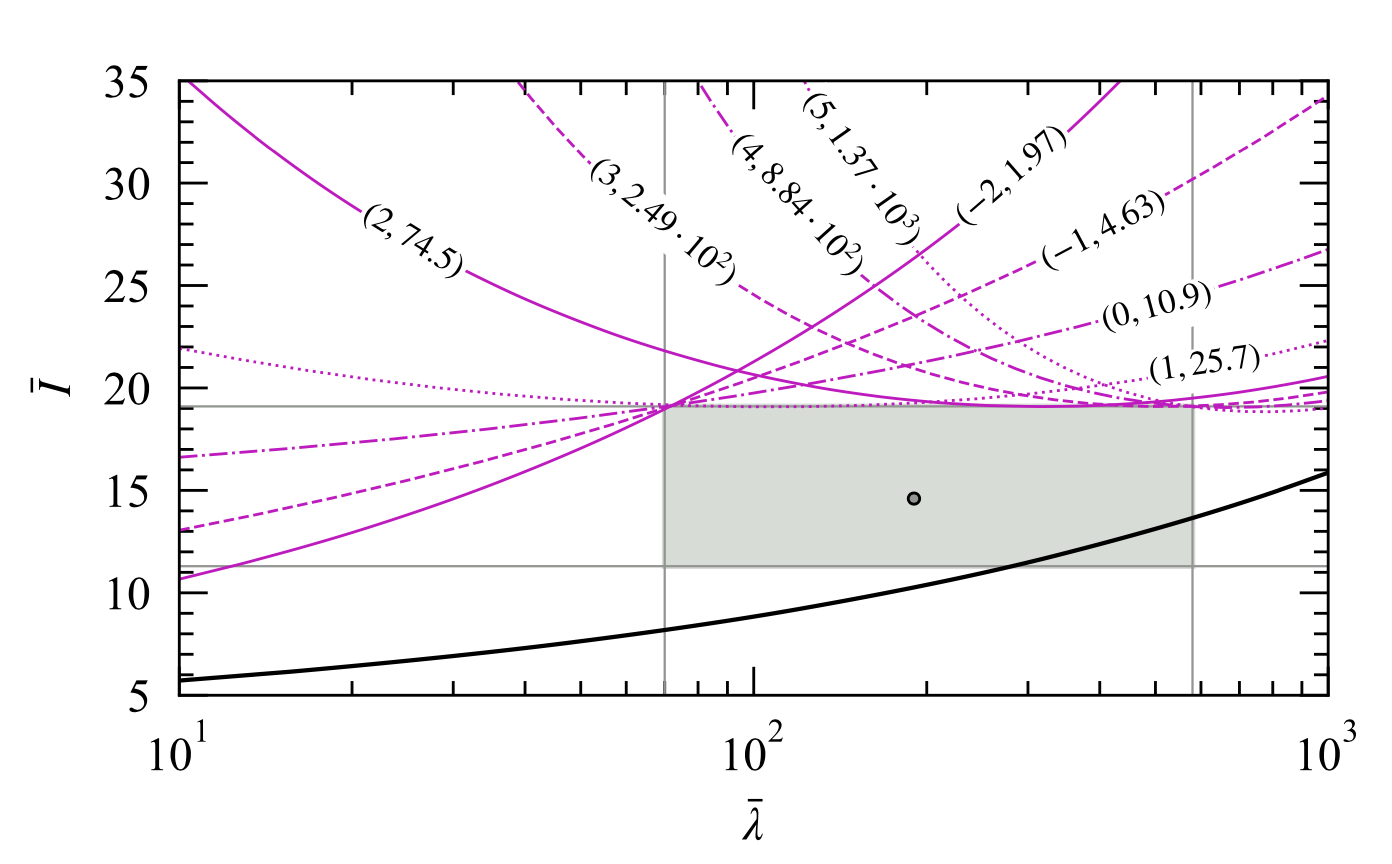NICER / ISS Science Nugget
for May 13, 2021
Parity Purity
The two pillars of modern theoretical physics are Quantum Mechanics, which describes interactions of particles and fields at the smallest size scales, and Einstein's theory of General Relativity (GR), our best current understanding of how gravity works. Each of these theories passes all available experimental tests with flying colors but, puzzlingly, they conflict with one another in the microscopic regime. Alternative theories of gravity have been proposed to resolve this conflict, all of which pass tests that are accessible to table-top and Solar System experiments. Astrophysical observations of neutron stars and black holes are important for testing these alternative theories in environments where gravity is strong on small physical scales.
One class of alternative theories suggests that strong gravity may violate parity -- in other words, that the gravitational interaction has a "handedness" and violates mirror-image symmetry. (One manifestation, for example, would be that gravitational waves of left-handed vs. right-handed helicity travel at different speeds.) Among these, the dynamical Chern-Simons (dCS) theory has been proposed in the context of string theory and unsolved problems in cosmology. Until recently, dCS passed all experimental tests, none of which significantly constrained the theory's parity-violating aspect. In a paper published last week in the preeminent physics journal Physical Review Letters, H. Silva (Albert Einstein Institut; Potsdam, Germany) and colleagues have reported using NICER's measurements of the mass and radius of the neutron PSR J0030+0451 -- published in December 2019 -- together with measurements from the U.S. and European LIGO/Virgo collaboration, to severely restrict the parity-violating aspects of the dCS theory, and by extension similar theories, for the first time.
Silva et al. use NICER's J0030 measurements to derive, also for the first time, previously unknown physical and mechanical properties of neutron stars, such as their moment of inertia (denoted 'I'), surface eccentricity (i.e., departure from a spherical shape), and quadrupole moment (a departure from uniform internal mass distribution), in a way that is independent of the still-somewhat-uncertaint nature of the dense matter within. They also adopt the LIGO/Virgo estimate of tidal deformability -- known as the Love number -- from the inspiral and merger of a pair of neutron stars seen in gravitational waves in 2017. Combining the two yields agreement with GR but excludes parity violation in the dCS theory at a level seven orders of magnitude tighter than any existing test.
While this result applies to one aspect of one alternative theory of gravity, it is indicative of the profound tests of fundamental physics enabled by NICER observations of neutron stars and black holes.

Figure: From Silva et al. 2021 (Phys. Rev. Letters, vol. 126, 181101), the range of moment of inertia (I) and Love number (lambda) values for 1.4 Solar-mass neutron stars allowed by NICER and LIGO/Virgo measurements is indicated by the grey box, with the most likely solution shown as a black point. The solid black curve is the relationship between these quantities predicted by the theory of General Relativity. Curves in magenta that fall outside the box represent a subset of parameterized versions of the dynamical Chern-Simons theory (see Silva et al. for details) that just fail to pass through the region allowed by measurements, implying that the parity violation inherent in the dCS theory does not apply in reality.
<< Previous
Main Index